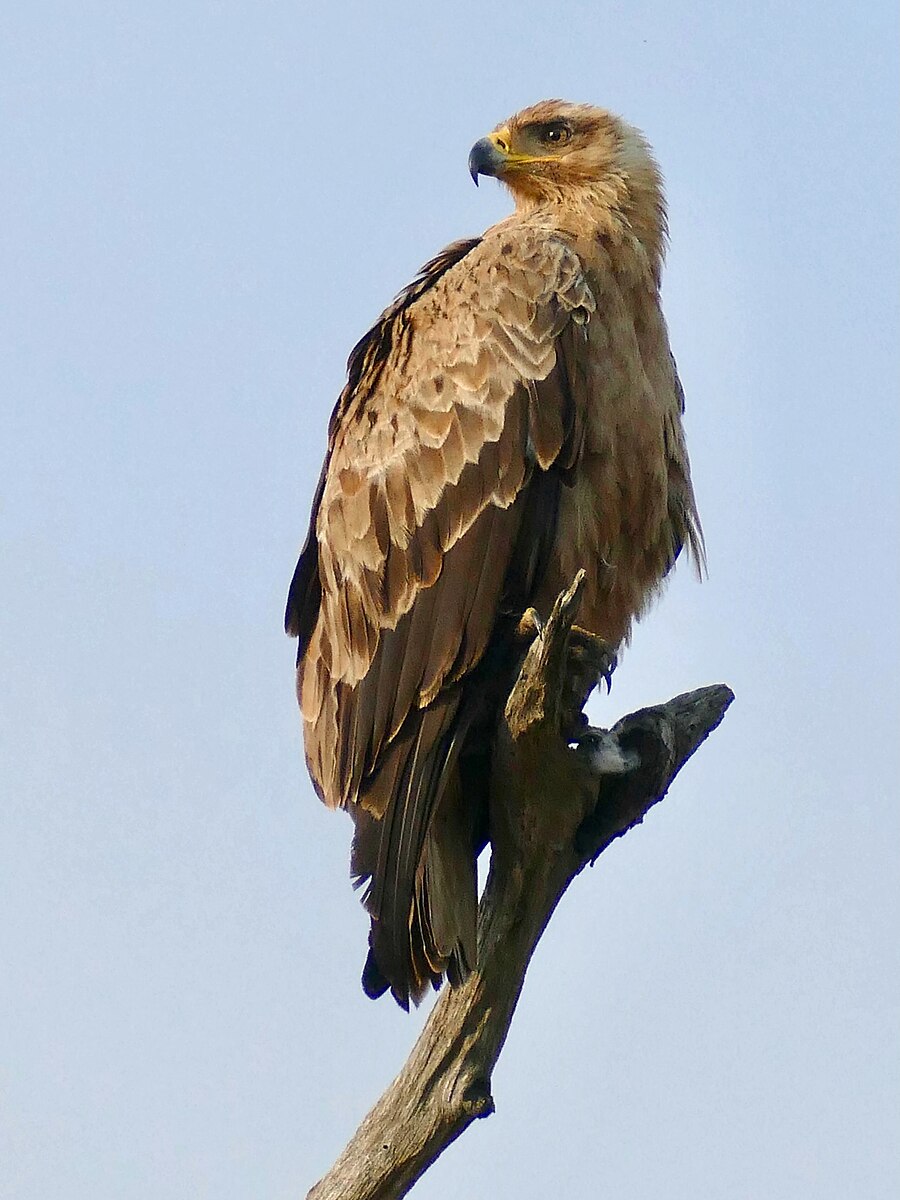Tawny eagles are majestic birds of prey found in various parts of the world, and their egg hatching process is a captivating natural phenomenon. From the initial incubation period to the moment the chick emerges, the tawny eagle’s egg hatching journey is a remarkable display of nature’s wonders.
Incubation Duration and Embryo Development
Tawny eagle eggs typically take between 39 to 45 days to hatch. During this incubation period, the embryo undergoes a series of remarkable transformations. The embryo first turns its head towards the large end of the egg, near the air space. It then pierces the internal membrane and begins to breathe air with its newly developed lungs. As the embryo grows, it internalizes the egg yolk sac, using it as a crucial source of nutrition during the hatching process.
The Hatching Process
 Image source: Tawny Eagle by Bernard DUPONT
Image source: Tawny Eagle by Bernard DUPONT
The hatching process is a true marvel of nature. As the embryo continues to develop, it grows and contracts its specialized hatching muscle, positioning its egg tooth against the shell of the egg. The embryo then rubs its egg tooth against the shell, cutting a small hole, known as the external pip. From this point, the embryo pushes against the shell, forcing it apart, until it finally emerges from the egg, completing the hatching process.
Parental Care and Fledging
Tawny eagles are monogamous birds, pairing for life. Both the male and female participate in building the nest, which is typically located in trees or on telephone poles. The female lays one to three eggs at three-day intervals and incubates them for approximately 45 days. During the early stages, the male is primarily responsible for feeding the offspring, but as the chicks grow, both parents bring food to the nest.
The fledging period, when the chicks first take to the skies, occurs around 76 to 85 days after hatching. However, the chicks remain in the nest for an additional 5 weeks after their first flight, relying on their parents for food and continued care.
Habitat and Physical Characteristics
Tawny eagles thrive in arid climates and occupy a wide range of habitats, including deserts, steppes, open savannahs, open grasslands, mountainous regions, and cultivated steppes. They tend to avoid dense forests, preferring more open environments.
Physically, tawny eagles have a variably tawny head and upper body, with a hooked bill and fully feathered legs. They have a rounded tail and long wings, and females are typically larger than males. Immature birds are paler in appearance compared to their adult counterparts.
Conclusion
The tawny eagle’s egg hatching process is a captivating and intricate natural phenomenon. From the initial incubation period to the moment the chick emerges, this raptor’s journey is a testament to the wonders of nature. By understanding the specific details and unique characteristics of tawny eagle egg hatching, we can gain a deeper appreciation for the remarkable adaptations and behaviors of these magnificent birds of prey.

